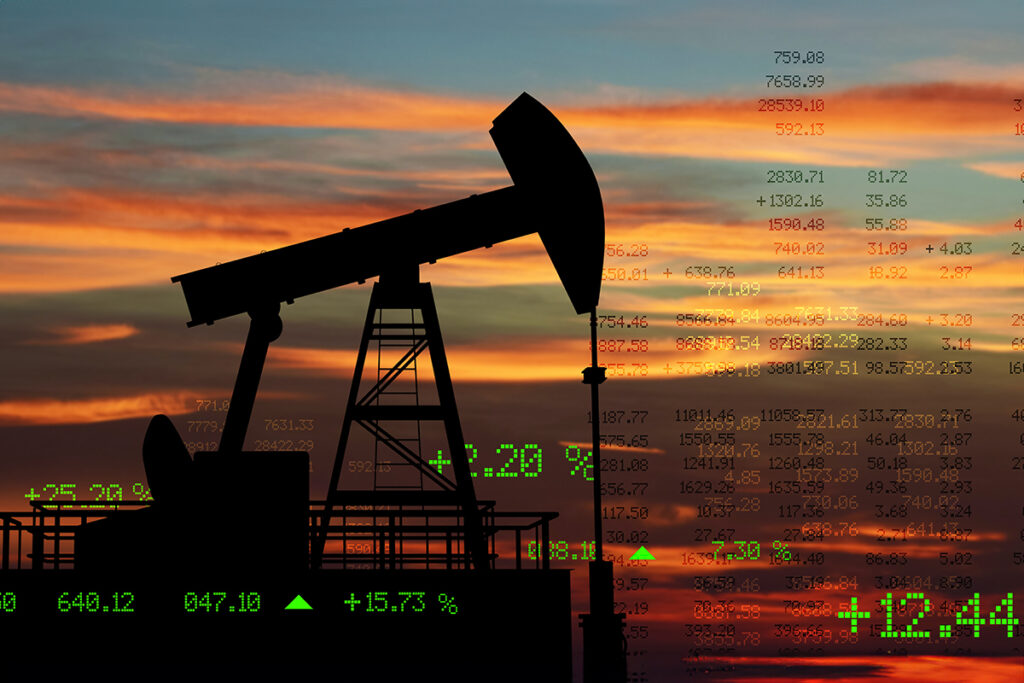In a surprising twist, the recent plummet in oil prices, reaching a five-month low, has sparked a debate on Wall Street regarding its implications for the broader economy. Contrary to typical concerns, this decline is not a harbinger of economic downturn but a result of increased oil supply, primarily from the United States. This phenomenon is reshaping the economic landscape, influencing everything from consumer spending to political dynamics as we approach the 2024 elections.
The Supply Dynamics
The key driver behind the falling oil prices is an unprecedented increase in supply, particularly from the United States, and not due to a lack of demand. In fact, global oil consumption is at an all-time high, driven by robust demand from the US and China’s economic rebound.
This surge in supply, coupled with Saudi Arabia’s production cuts, is shifting the balance of oil market power, with the US and Iran gaining ground.
Economic and Political Ripple Effects
The decrease in oil prices is having a ripple effect across various sectors of the economy. For consumers, it translates into lower gasoline prices, averaging $3.20 a gallon, the lowest since December of the previous year.
This reduction is enhancing consumer spending power, potentially impacting other areas of the economy. Politically, the scenario is altering the landscape ahead of the 2024 elections, challenging the rhetoric of leaders like Donald Trump who have linked their political promises to lowering gas prices.
Inflation and Monetary Policy
With the unfolding economic scenario, there is a growing consensus that inflation might ease, possibly dropping to 2% by 2024. Such a development could prompt the Federal Reserve to adopt an aggressive rate-cutting stance, a situation described as a “soft-landing Nirvana.” This expectation of ‘immaculate disinflation’ is fostering bullish sentiments among investors and analysts alike.
Market Outlook and the S&P 500
In the stock market, the S&P 500 Equal Weight Index, overshadowed by the stellar performance of the S&P 500, is anticipated to rally by at least 10%. This optimism is underpinned by the slowing inflation and the significant cash reserves in money market accounts, indicating a potential for a broad-based market upswing. Additionally, sectors like real estate and manufacturing are showing signs of recovery, setting the stage for economic growth.
The Economic Silver Lining of Lower Oil Prices
As the US navigates these economic currents, the low oil prices, initially perceived as a warning sign, are proving to be a boon in disguise. They are not only easing consumer burdens but also shaping the political and economic discourse.
With the Federal Reserve’s potential policy shifts and the stock market’s anticipated rally, the economic outlook for 2024 appears cautiously optimistic. This scenario, coupled with the evolving political landscape, underscores the complexity and interconnectedness of global economic forces.


